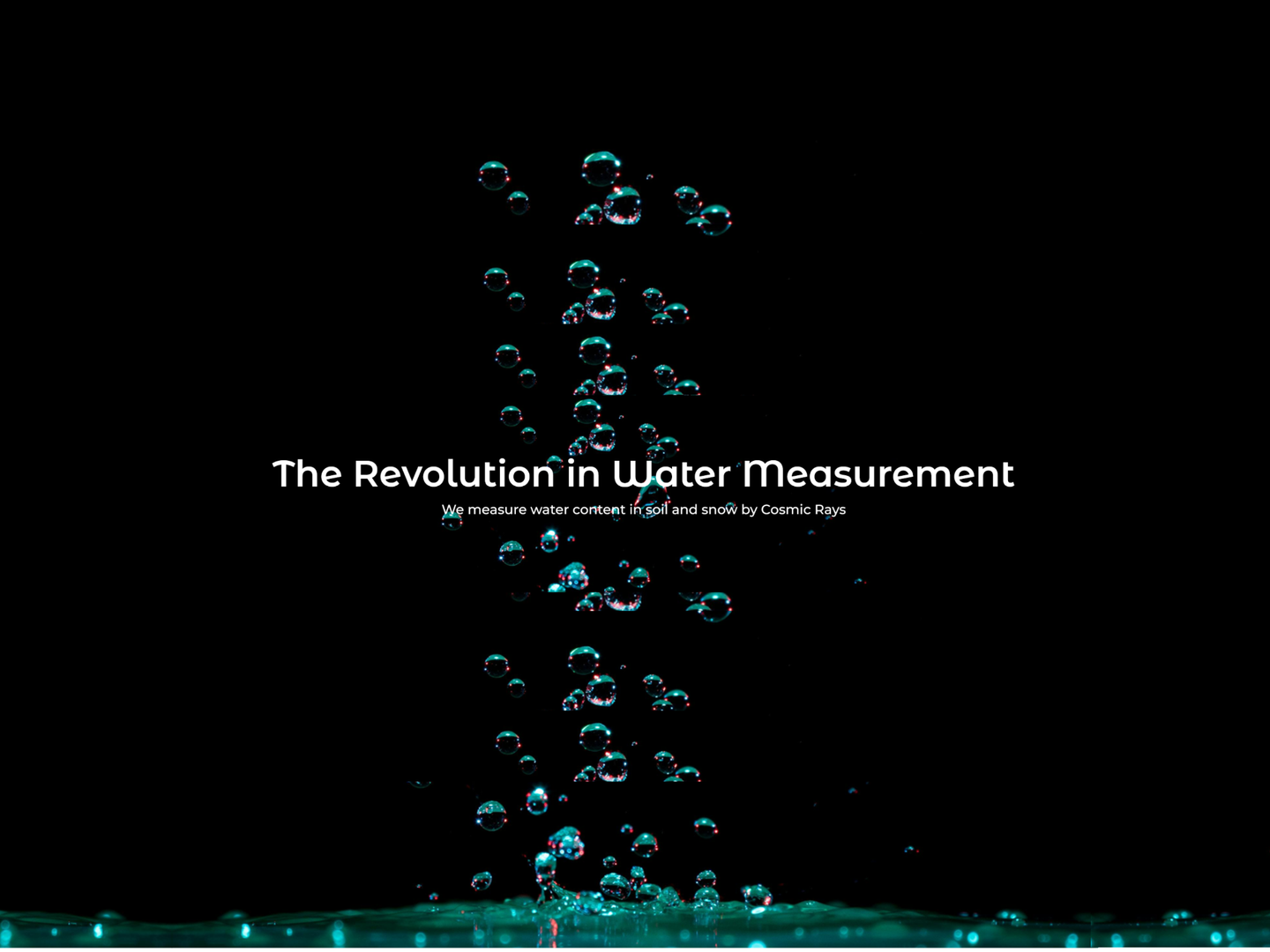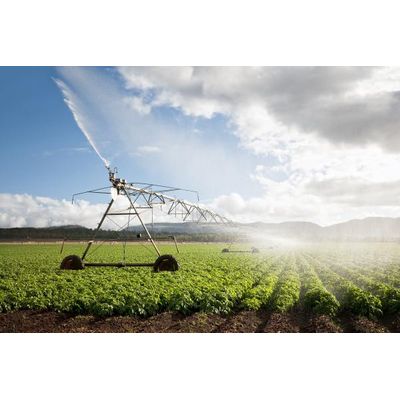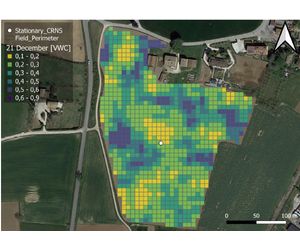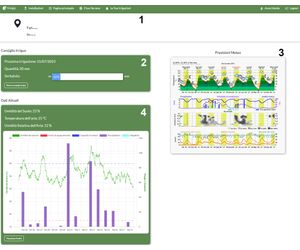

- Home
- Companies
- Finapp S.r.l.
- Applications
- Neutron Detector Probe for Agro Soil ...

Neutron Detector Probe for Agro Soil Moisture Monitoring - Agriculture
Do you need to irrigate? What is the soil moisture? Is the fruit ripe? What is the BWE? Finapp answers these questions in a completely new way. Forget punctual probes, forget satellite observation, only a true technological revolution could change the cards and we did it! Find out how.

By setting the Finapp probe in motion on farmland, it is possible to obtain a detailed map of soil moisture and not just an average value representative of the interior field, as with the fixed installation. The maximum resolution can be pushed to “pixels” of twenty meters by twenty meters on a side. It is possible to install the probe on a tractor or any other agricultural vehicle that normally enters the field or on pivots or rangers for irrigation. The fundamental advantage of this application is to know in detail the soil moisture, so as to really take advantage of the new variable-rate irrigation systems, which make it possible to differentiate irrigation water volumes by controlling the forward or rotational speed of rangers and pivots. Knowledge of soil moisture is thus pushed to the maximum, optimizing automated irrigation even more.

Finapp has developed its own irrigation advice that provides the farm with data that is simple as important: when and how much to irrigate.
We evaluate field capacity and wilting point in a unique way, by analyzing soil moisture dynamics in order to determine the size of the “reservoir”, integrate data on crop type and phonological stage to understand irrigation needs on a day-to-day basis, evaluate the type of irrigation system and water availability in the case of shifts, and finally add weather forecasts for the following days so that we know evapotranspiration, wind, and expected rainfall. All of these aspects combine to create an artificial intelligence algorithm that can predict soil moisture values for the following days and, if they are too low, suggest date and amount of irrigation.
